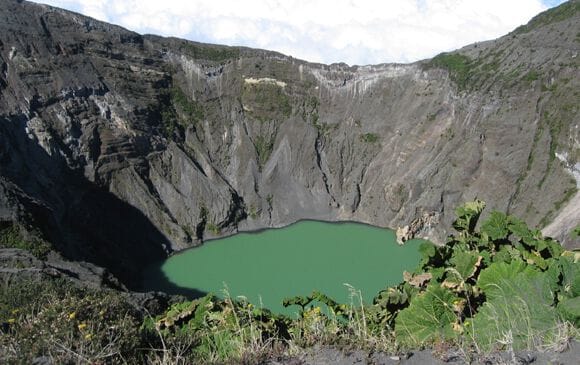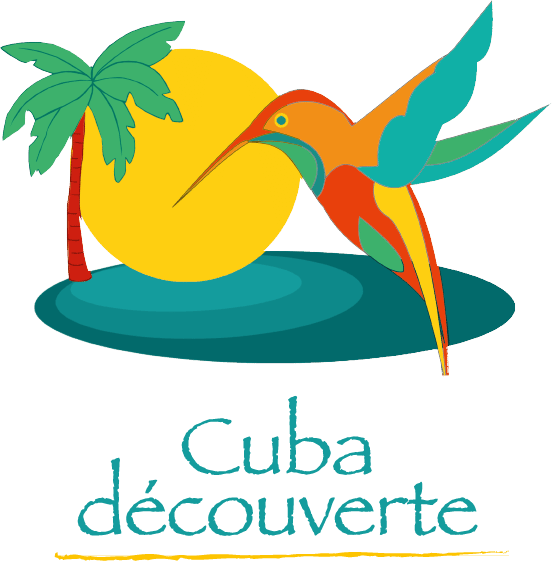Irazú Volcano National Park
Located in the central volcanic cordillera, 31 km north of the town of Cartago, it takes 45 minutes to reach the entrance to Irazu Volcano Park. The crater is nearby, and access is very easy. The original Indian name, Iztarú, means “noisy mountain” or “tremor”. Over the years, oral transmission has changed it to Irazú.
The Irazu volcano is one of 5 active volcanoes in Costa Rica, with a long history of eruptive cycles. It is the birthplace of several of the country’s rivers, such as the Reventazón, the Chirripo, the Sarapiquí and the Rio Grande de Tárcoles.
Five craters have formed over the course of the colossus’ geological activity, but the main one, Diego de la Haya, is the most visited. Its 600-metre diameter forms an impressive acid lake. Its twin, Turrialba, is 8 km away as the crow flies. However, the activity of both is totally independent.
1963 : memorable year for the Irazú Volcano
The eruption that will live long in the memories of Costa Ricans is undoubtedly the one in 1963, when the monster began spewing showers of ash and stones that spread as far as San José. For more than 2 years, the volcano continued its intense activity, and residents frequently had to go outside with umbrellas. More recently, in 1994, a powerful eruption triggered a rock avalanche more than 20 km long. Since then, gaseous and acidic fumaroles have been the main source of volcanic activity.
The volcano is closely watched for instability. In the past, the base of the volcano has been put to the test several times, and movements linked to seismic activity in the area regularly cause massive displacements. The town of Cartago is partly built on this base, and the seismological risks make it the Central Valley’s highest-risk area.
The vegetation has undergone many upheavals as a result of the various eruptions. Today, the volcano’s slopes are covered by rather sparse vegetation. Fauna is scarce, but a few coyotes, porcupines and armadillos have been reported. Green woodpeckers and hummingbirds are the most numerous birds to be observed.
We recommend that you visit the Irazu volcano in the early morning hours, as it often goes dark by mid-day or even earlier.




No comment regarding « Irazú Volcano National Park »